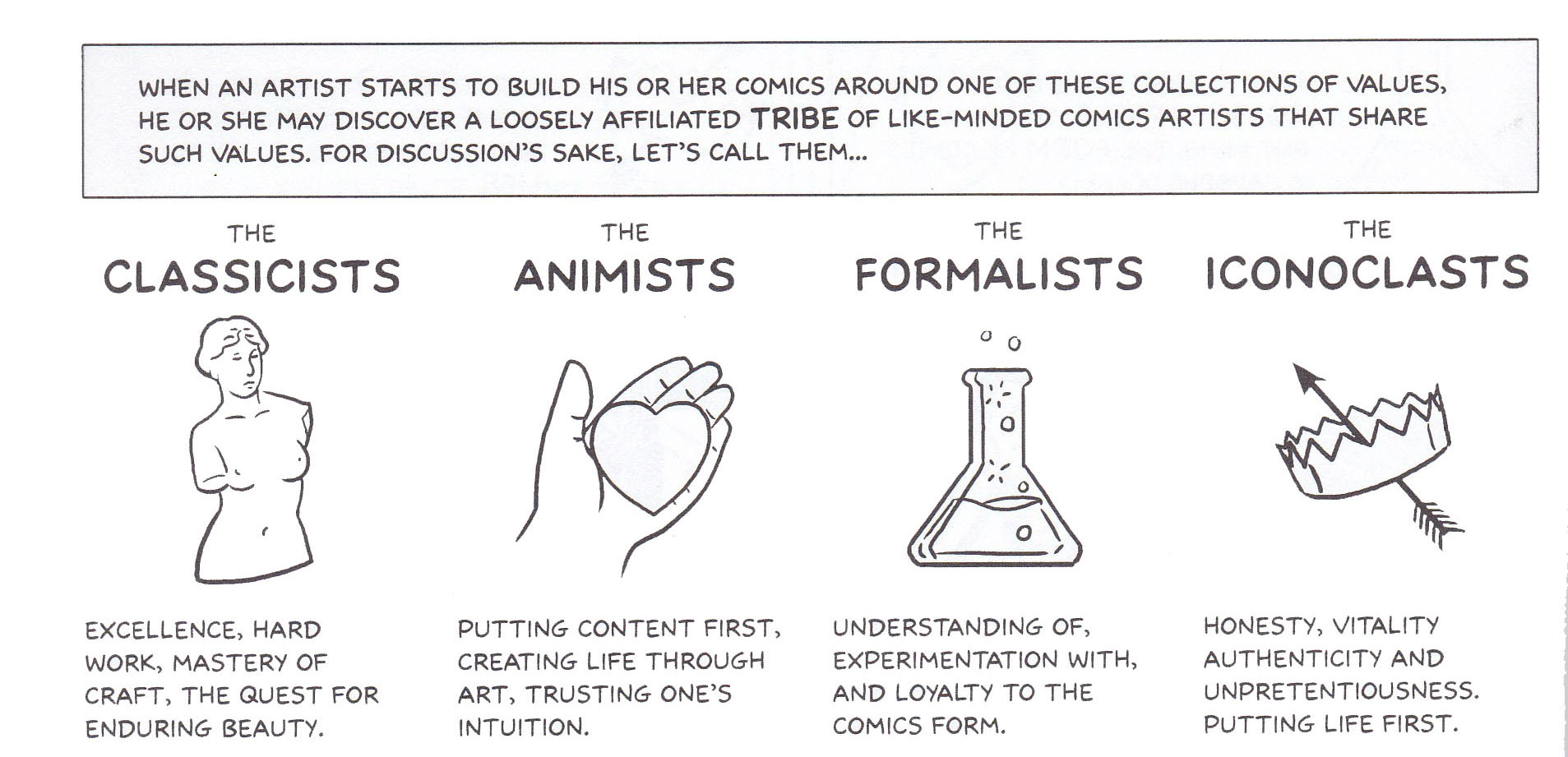Photo Credit: mickhagen via Compfight cc
(Average Reading Time: 6 mins)
An “artist” is something we like to call ourselves. There are a lot of different kinds of artists, both in terms of medium, and in terms of philosophy.
Some critics prefer to study creators that are well-versed in the Fine Arts and/or in Literary Theory. Your average reader, however, simply wants to read a good story.
And so the question you have to ask yourself is, “Who are you writing FOR?”
This is critical, especially because of the fact that you can’t please everyone. That means that you can’t write for both the critics, and the general audience.
But then sometimes there are those films and books that are raved about by both the public and the academe. So I’m pretty sure that there are those of you that are asking, “How in the world did they do that?”
I believe that the key depends on how you think about yourself as an artist.
Are you a Theorist, or a Storyteller?
Are you a Linguist, or a Storyteller?
Are you a Photographer, or a Storyteller?
Are you a Painter, or a Storyteller?
Is your art more focused on ART or on LIFE?
Is your art more focused on TRADITION or on REVOLUTION?
Or to put it plainly, just ask yourself one very simple question, “Are you a storyteller?”
The Four Underlying Philosophies
In his book, Making Comics (Buy it on Amazon), Scott McCloud talks about the four campfires that compose the comics culture: the Classicist, the Animist, the Formalist, and the Iconoclast.

These four tribes are broken down into four quadrants: Art vs Life, and Tradition vs Revolution.
Yet Scott McCloud concludes that there is one camp that has more readers than all the other three combined. That camp is the Animist, and rightly so; because most readers go into reading expecting to be both entertained and transported to another world.
This doesn’t mean that all the other camps are unimportant. On the contrary, they are equally valuable, although less reader-friendly.
If we’re to look at the break into each quadrant, we can see that most artists tend to skew in one direction or the other.
Either they’re more focused on tradition, or on revolution. Their focus is either on the art, or on depicting life.
These philosophies aren’t applicable only to comics, either. Literary culture in general can pretty much divided into these four tribes. This can be seen even more so in poetry than in prose.
The Formalists in prose and poetry, for example, tend to try and reinvent the form that stories take. Hence, stories come in all sorts of types. A pretty good example of a formalist type of story is Train Main (Buy it on Amazon) by Hitori Nakano. Here is a love story told in the form of anonymous posts within a forum.
The hero, the Train Man, goes into an online forum and asks for advice from strangers on how he, a geek, can make this girl he met in a train fall in love with him.
But even Train Man, though it takes on an entirely different approach, still very much realizes that the first thing it’s trying to do is tell a story.
I think we all have to understand that art is very different from story.
And yet, art can take the form of a story.
Art is Not Story
But story is an art.
Storytelling is an artform.
Art may be able to tell a story.
But art for art’s sake is not necessarily storytelling.
If your aim in making comics is to push the boundaries of the comics medium, then by all means, you are welcome to contribute to its development.
But most readers go into books expecting to be told a story. Not an idea. Not a thesis. Not a thought experiment.
So if your goal in making comics, or making books in general, is to be read; then it’s better that you focus your efforts on telling a good story than on challenging the status quo.
That’s not to say that there aren’t better and somewhat unorthodox ways of telling a story.
But if your goal is to be effective so that you create emotions in your audience, then focus more on how you can manipulate their feelings with both your words and your pictures.
Share in the comments a couple of books that have made a big impact on you, personally.
1. What are your favorite books?
2. How would you classify them under these four philosophies?
3. How did they fare as stories?